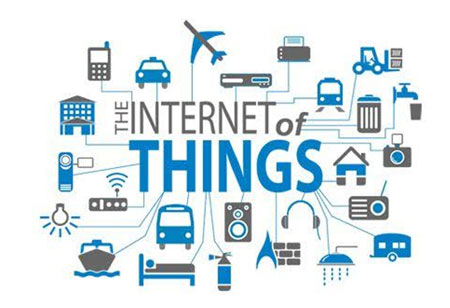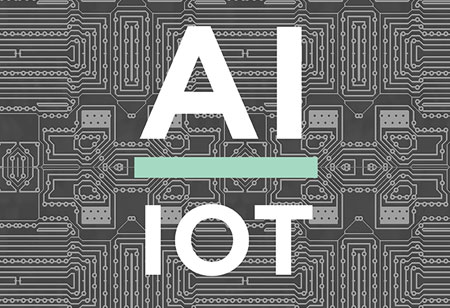THANK YOU FOR SUBSCRIBING
How to Choose the Right IoT Platform? Adopt These Three Best Practices
It’s time we realize that Internet of Things (IoT) has a lot to offer and the emerging patterns of IoT are providing better opportunities and solving various problems. Enterprises are dependent on IoT platforms for numerous services, and one of the..

By
Apac CIOOutlook | Thursday, January 01, 1970
Stay ahead of the industry with exclusive feature stories on the top companies, expert insights and the latest news delivered straight to your inbox. Subscribe today.
It’s time we realize that Internet of Things (IoT) has a lot to offer and the emerging patterns of IoT are providing better opportunities and solving various problems. These patterns surround the use of data, which is the real foundation of IoT. Enterprises are dependent on IoT platforms for numerous services, and one of the most significant is analytics. Analytics refers to monitoring trends, identify abnormalities and produce business insights from ingested IoT data.
Listed below are three types of IoT analytics:
1. Descriptive Analytics: This analytics describes the raw data and makes it something that is interpretable by humans. These analytics are helpful because they help us to learn from past behavior and comprehend how they might influence future outcomes. The statistics provided by descriptive analytics shows up things like total stock in inventory, average expenditure per customer and change in sales every year. These reports offer historical insights about the company’s financial status, productions, operations, customers and inventory.
2. Predictive analytics: This analytics can predict future outcomes and provides enterprises with insights based on the data. It does not predict the future with 100 percent certainty, but companies can use the statistics for forecast what might happen. Regression analysis such as linear regression is an example of predictive analytics. Moreover, for instance, predictive analytics can predict the estimated time-to-failure for a pump that has demonstrated an increase in measured temperature.
3. Prescriptive Analytics: These analytics helps enterprises optimize a future direction that must be adopted. Few techniques that are used for completing prescriptive analytics include image processing, natural language processing, computational modeling procedures, and machine learning. A prescriptive model should either maximize or minimize a business relevant-KPI, such as time of delivery or equipment uptime for predictive maintenance.
These analytics surpasses descriptive and predictive analytics and recommends one or more possible courses of action. These are relatively complex to implement, and most companies are not using them for now, but if applied correctly they can have a massive impact on how businesses can make decisions regarding a company’s profit.
Analytics help businesses in determining the value of the company by better understanding the data. Digitally savvy enterprises will check the enterprises’ descriptive, predictive and prescriptive analytics capabilities as well as the ability of that platform to integrate with a third-party analytic solution. The best and convenient method to understand the capabilities of the IoT platform is to use them.





